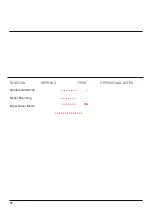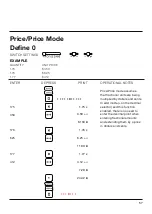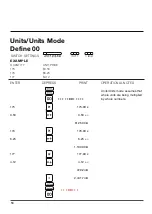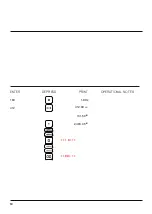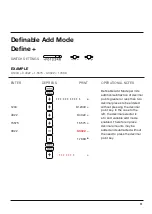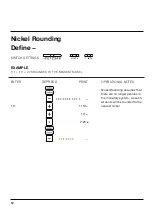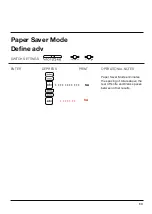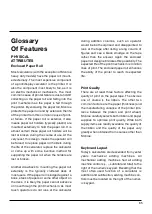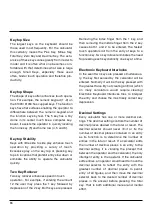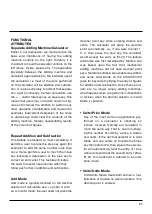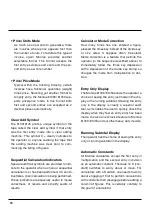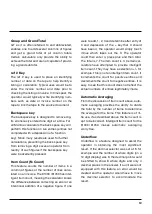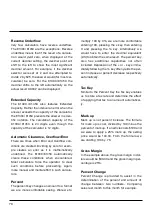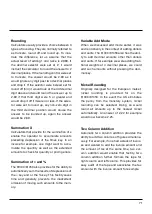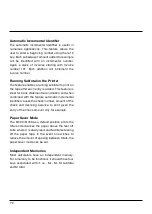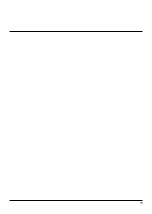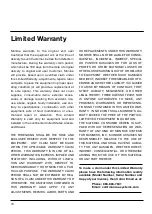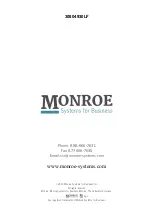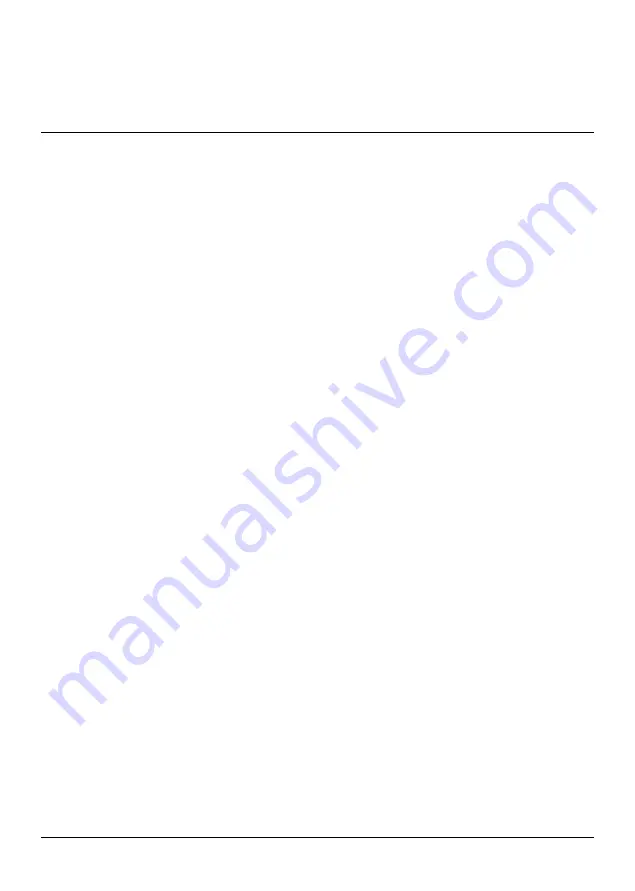
Reverse Underflow
Very few calculators have reverse underflow.
The 8130X / 8145X are the exceptions. Reverse
underflow means that if the result of a calcula-
tion would yield zero, when displayed at the
current decimal setting, the decimal point will
shift to the left to show the most significant
decimal amount. For example, if the decimal
selector were set at 2 and one attempted to
divide 2 by 625, the answer would (for most cal-
culators) be zero. For the 8130X /8145X the
decimal shifts to the left automatically so the
actual result 0.0032 can be displayed.
Extended Capacity
The 8130 X / 8145X also features Extended
Capacity. Rather than deliver an error when the
answer exceeds the capacity of the calculator,
the 8130X / 8145X presents the answer in scien-
tific notation. The calculation capacity of the
8130X /8145X is 24 digits even though the
capacity of the calculator is 12 digits.
Automatic Clearance, Overflow/Error
There are times when Error and Overflow con-
ditions are created. Dividing by zero for exam-
ple creates an error as it is mathematically
undefined. The 8130X / 8145X automatically
clears these conditions when encountered.
Most calculators force the operator to clear
such conditions before proceeding. Again,
more manual and mental effort in such calcula-
tors.
Percent
The percent key changes an amount to a format
we are more comfortable seeing. Were we to
multiply 100 by 3%, we are more comfortable
entering 100, pressing the x key, then entering
3 and pressing the % key. Alternatively we
would have to enter the decimal equivalent
(.03) to obtain the same result. The percent key
also has additional capabilities not often
included. Depression of the + or - keys imme-
diately following the % key often yields the per-
cent increase or percent decrease respectively
automatically.
Tax Key
Similar to the Percent Key the Tax key enables
us to store a tax rate and determine the effect
of applying that tax to an amount automatical-
ly.
Mark up
Mark up is not percent increase. The formula
for mark up is cost, divided by 100 minus the
percent of mark up. If an article costs $100 and
we were to apply a 25% mark up, the selling
price would be 133.33. From the formula we
are dividing 100 by .75.
Gross Margin
In the example above, the gross margin in dol-
lars would be $33.33 and the gross margin per-
centage is 25%.
Percent Change
Percent Change is provided to assist in the
determination of the percent and amount of
change between two numbers. Comparing
sales last month to this month for example.
70

